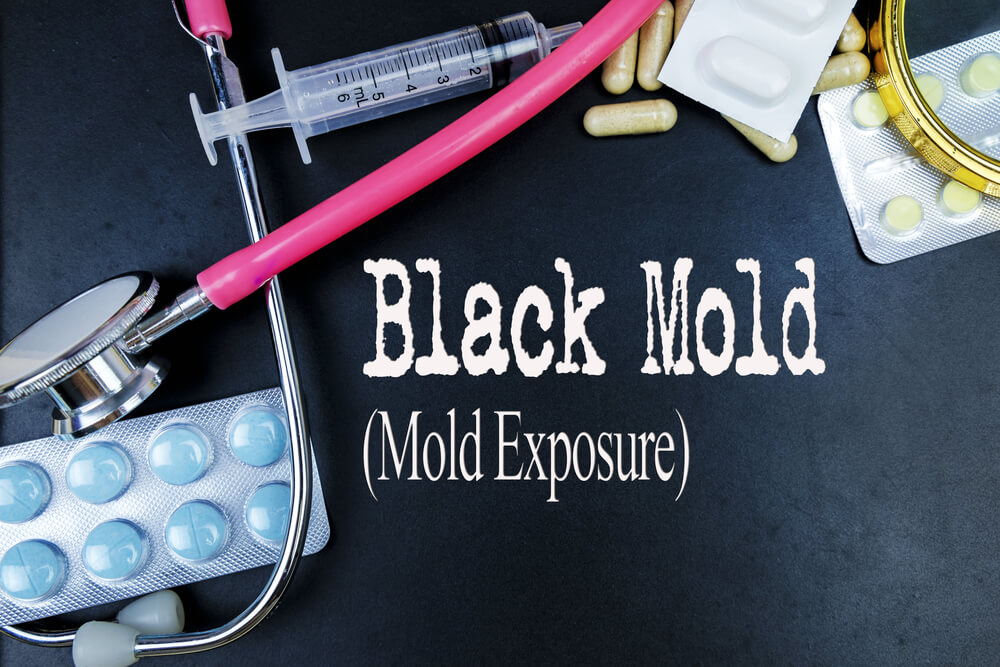DIAGNOSIS
Aside from evaluating the signs and symptoms of mold exposure, the doctors may request further assessment and evaluation through laboratory tests to determine the cause of the condition. Furthermore, the laboratory tests may include:
- Blood Test. It measures the number of immunoglobulin E antibodies in the blood. Also, it assesses how the immune system reacts to the molds.
- Prick Test. In this process, the suspected allergens are diluted and injected to a small amount on the patient’s skin. This will be evaluated for a couple of minutes. If it has created a small bump, the mold is considered an allergen.
TREATMENT
The suggested treatment by the doctors is to prevent places that have mold exposure. However, this situation is common, and you can’t totally avoid it. Also, there is no medication to treat the conditions caused by mold exposure. Nevertheless, there are few treatments that can control the symptoms. The treatments are the following:
- Antihistamine. It can ease the sneezing, runny nose, and itching of the affected area.
- Oral decongestants. It alleviates the inflammation of the nasal that helps in the passage of the air.
- Nasal Corticosteroids. Just like oral decongestants, the nasal corticosteroids can be used as spray to lessen the inflammation of the nasal.


